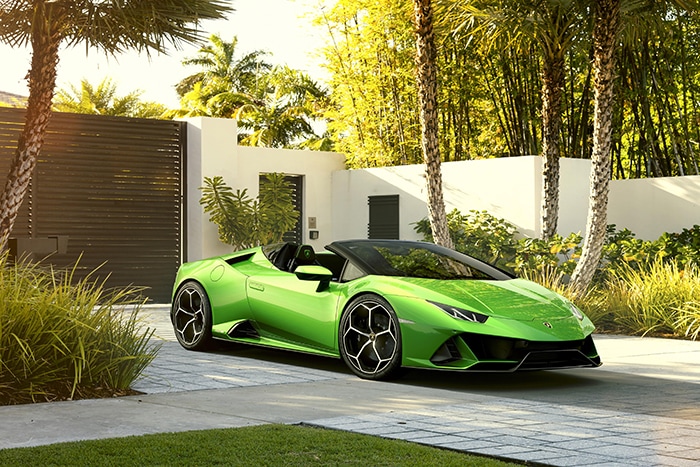
Owning an exotic car is about more than weekend joyrides and collector bragging rights — it's also about proper maintenance and long-term preservation. Whether your garage holds a Ferrari 488 Spider, Lamborghini Huracán, McLaren 720S, or Porsche 911, one question comes up often:
How often should you drive your exotic car to keep it healthy?
The answer may surprise you — because leaving your exotic car parked for too long can actually harm it.
Why Regular Driving Matters
Exotic cars are high-performance machines built to be driven. When left untouched for weeks (or months), they’re at risk for:
- Battery Drain – Exotic car batteries are notorious for losing charge quickly, especially with advanced onboard electronics.
- Tire Flat-Spotting – High-performance tires can develop flat spots if the car sits in one place too long.
- Fluid Degradation – Engine oil, coolant, and brake fluid need circulation to remain effective.
- Seals and Gaskets Drying Out – These components rely on heat and motion to stay supple.
- Brake Rotor Corrosion – Especially common in humid or coastal environments.
Ideal Driving Frequency
Most experts agree:
Drive your exotic car at least once every 1–2 weeks.
This doesn't mean a track day or 100-mile trip. A 20–30 minute drive is usually enough to:
- Reach full engine operating temperature
- Cycle all fluids
- Engage brakes, steering, and suspension
- Prevent buildup of condensation in the exhaust system
Even better if your drive includes both highway speeds and stop-and-go segments.
Bonus Tips for Exotic Car Storage
If your exotic car must sit longer than two weeks, consider:
- Using a battery tender (trickle charger) to prevent dead batteries
- Inflating tires to slightly higher pressure to reduce flat-spotting
- Storing the car indoors, preferably climate-controlled
- Starting the engine every few weeks, but only if you can fully warm it up — idling alone isn’t enough
- Moving the car forward or backward slightly to change tire pressure points
Final Thoughts
Whether you’re a seasoned collector or new to exotic car ownership, driving your car regularly is key to protecting your investment. These vehicles are engineered for performance and precision — not permanent display.
If you’re planning to sell your exotic car, a well-maintained, regularly driven model can often fetch a higher price. Buyers value a car that’s been properly cared for — not one that's been sitting dormant.